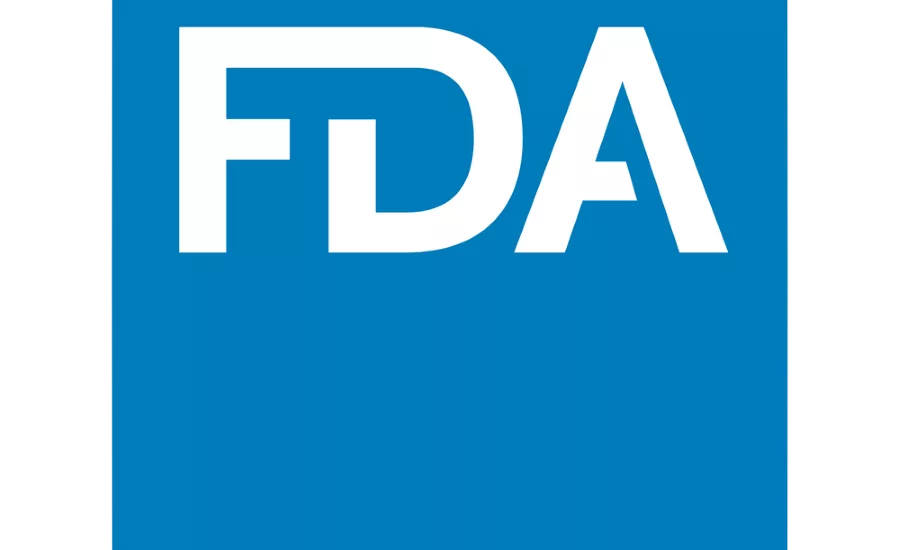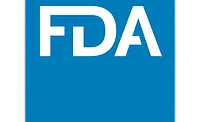Regulatory Watch
FDA issues guidance on reducing sodium in processed, packaged goods

The FDA issued a final guidance, “Voluntary Sodium Reduction Goals: Target Mean and Upper Bound Concentrations for Sodium in Commercially Processed, Packaged, and Prepared Foods,” which provides voluntary short-term sodium reduction targets for food manufacturers, chain restaurants and foodservice operators for 163 categories of processed, packaged and prepared foods. The agency says the guidance is another step it is taking to advance the administration’s whole-of-government approach to nutrition and health and improve future health outcomes.
The guidance is intended to provide measurable voluntary short-term (2.5-year) goals for sodium content in commercially processed, packaged and prepared foods to reduce excess population sodium intake, while recognizing and supporting the important roles sodium plays in food technology and food safety.
Sodium is widely present in the American diet (most commonly, but not exclusively, as a result of eating or drinking foods to which sodium chloride (commonly referred to as “salt”) has been added, the FDA reports.
More than 70% of total sodium intake is from sodium added during food manufacturing and commercial food preparation. Average sodium intake in the U.S. is approximately 3,400 mg/day. The Dietary Guidelines for Americans, 2020-2025 advises individuals 14 years and older to limit their consumption to 2,300 mg/day; this aligns with recommendations from the National Academies of Sciences, Engineering and Medicine, which set the chronic disease risk reduction intake for sodium at 2,300 mg/day for those 14 years and older.
Looking for a reprint of this article?
From high-res PDFs to custom plaques, order your copy today!







